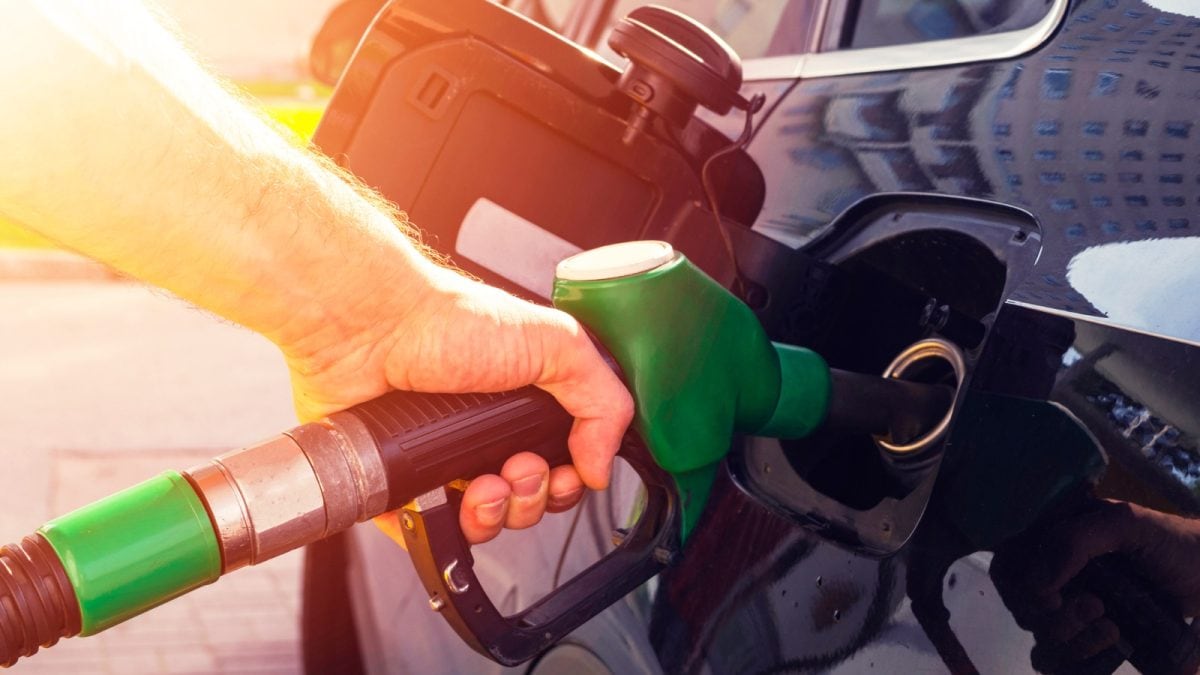
Diesel and gasoline are different types of fuel, and an engine that operates with one type isn’t compatible with the other fuel. So, what happens when you put diesel in a gas tank? Just putting diesel fuel into a gasoline car is bad enough. Attempting to drive a vehicle with diesel in a gas engine will cause it to stall as soon as diesel reaches the intake system, potentially clogging the fuel lines and damaging the engine.
What Happens When You Put Diesel in a Gas Engine?
Diesel is thicker than gasoline, and the more viscous fuel can clog and damage a gas engine’s injection system and other components.
- Immediate engine problems. Depending on how much diesel entered the gas tank and whether the engine was started, the diesel will clog the fuel injectors and spark plugs. The vehicle may misfire, stall, or not start at all.
- Clogged fuel system. Diesel, with its thicker consistency, can potentially gum up fuel lines, filters, and pumps if the engine runs even for a short period.
- Catalytic converter damage. Unburned diesel can reach the exhaust system and damage the catalytic converter, the component responsible for reducing emissions.
What to Do if You Put Diesel in a Gas Tank
If you catch yourself putting diesel in a gas car, here’s what to do (and not do):
- Do not start the engine. It’s crucial to keep the diesel in the tank and not let it into the fuel lines and cause damage.
- Do not panic. Mixing the two fuels is not, by itself, dangerous.
- Immediately call a dealership or local repair shop. Arrange for an emergency tow to get your vehicle to the service center.
A mechanic will drain and rinse the gas tank to remove diesel and its residue. If you didn’t start the engine, that’s the only service necessary. However, additional work may be needed if you had driven with diesel in the gas tank. If you ran the engine until it stalled, technicians will likely:
- Flush the fuel line. Typical cost: $200, depending on the vehicle and labor rates in your region.
- Service the fuel injector system. $250 for servicing, $1,200 or more if replacement is needed.
- Check the fuel pump for damage. $1,200 for replacement.
- Replace the fuel filter. $200 for replacement.
- Replace spark plugs. $100 for replacement.
RELATED: Types of Gasoline Explained: Learn the Differences
Tips to Avoid Getting Diesel Into a Gas Engine
Incidents of diesel entering car gas tanks are infrequent but not unheard of. To avoid mistakenly getting diesel fuel in your gas car, pay attention at the pump and don’t pick up handles with a “Diesel” label.
- Diesel pumps typically have green handles that give you another visual clue of the fuel type.
- The nozzle on a diesel pump has a larger diameter than its gasoline counterparts to prevent it from being inserted into a gas tank’s opening.
- Diesel smells like kerosene, while gasoline smells more like paint thinner.
Human error is the reason for diesel in gas tanks. However, the mistake isn’t always the car owner’s fault. Fuel contamination can happen at the distributor level and potentially cause problems for thousands of drivers. For example, a supplier provided gasoline with a strong likelihood of being contaminated with diesel fuel to at least 30 service stations in greater Tampa. That 2023 incident of widespread contamination happened as Florida’s Gulf Coast residents were taking steps to prepare for an approaching hurricane.
MORE: Car Maintenance Guide: Everything You Need To Know
Bottom Line on Diesel in the Gas Tank
Putting diesel into a gas-powered car’s tank is a mistake that can lead to serious engine damage. Diesel is thicker and more viscous than gasoline, which can clog and damage a gas engine’s components. Do not start the engine if you accidentally put diesel in your gas car. Instead, call a dealership or repair shop for help. They will drain and clean the tank to remove the diesel and its residue. If you drive the car with diesel in the tank, further repairs may be necessary.
To avoid this mistake, be cautious at the pump. Diesel pumps usually have green handles and larger nozzles, and diesel smells different from gasoline. Remember, human error can occur, but staying vigilant can help prevent fuel mix-ups.
Editor’s Note: This article has been updated since its initial publication.

